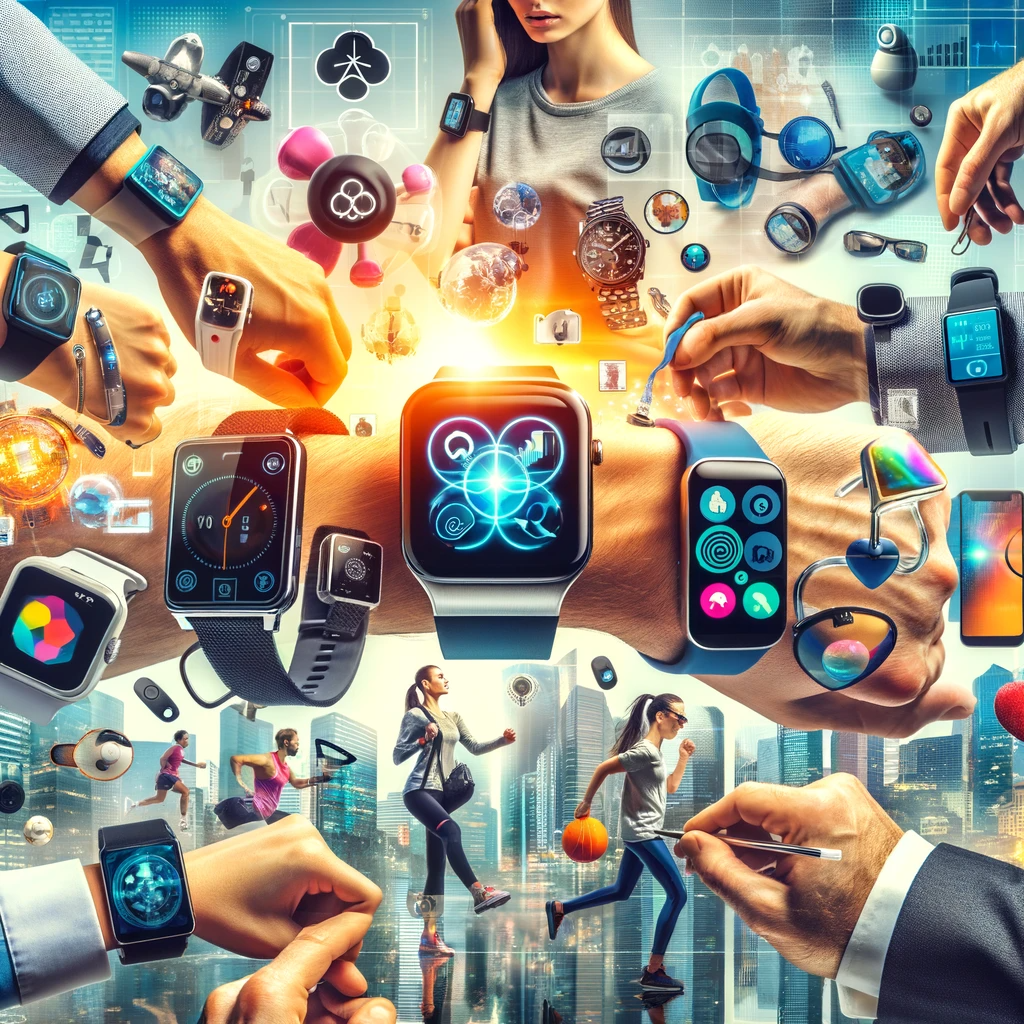Title: Exploring the Boundless World of Virtual Reality
In a world where technological innovation knows no bounds, Virtual Reality (VR) stands as a testament to the power of immersive experiences. With its ability to transport users to virtual worlds, simulate real-life environments, and create interactive experiences like never before, VR has captured the imagination of people across the globe. As we embark on a journey through the boundless realms of Virtual Reality, let us delve into its origins, evolution, and transformative potential.
At its core, Virtual Reality refers to a computer-generated simulation of an alternate reality, typically experienced through a headset or other immersive display devices. By leveraging advanced graphics, motion tracking, and interactive technologies, VR creates a sense of presence and immersion that enables users to feel as though they are physically present in a virtual environment. Whether exploring the depths of the ocean, scaling the peaks of Mount Everest, or battling alien invaders on distant planets, the possibilities within VR are limited only by imagination.
The roots of Virtual Reality can be traced back to the mid-20th century, with the development of early VR prototypes and simulations. However, it wasn’t until the late 20th and early 21st centuries that VR technology began to gain traction, thanks to advancements in computing power, graphics rendering, and motion tracking. Today, VR has evolved from a niche technology into a mainstream phenomenon, with applications spanning across various industries and domains.
One of the most significant areas of growth for Virtual Reality lies in the realm of entertainment and gaming. From immersive gaming experiences that transport players to fantastical worlds and adventures to virtual theme park rides and interactive storytelling experiences, VR has revolutionized the way we consume and interact with digital content. With the rise of VR gaming platforms such as Oculus Rift, HTC Vive, and PlayStation VR, gamers can now experience unprecedented levels of immersion and interactivity, blurring the lines between reality and fiction.

Beyond entertainment, Virtual Reality is also making waves in fields such as education, training, and healthcare. In education, VR enables students to explore historical landmarks, dive into the human body, and engage in interactive learning experiences that bring textbooks to life. In training and simulation, VR offers a safe and cost-effective way to train workers in high-risk environments such as aviation, manufacturing, and healthcare, allowing them to practice complex tasks and scenarios in a realistic and immersive environment. In healthcare, VR is being used to treat phobias, PTSD, and chronic pain, as well as to simulate surgical procedures and medical interventions for training purposes.
Moreover, Virtual Reality has the potential to revolutionize how we communicate, collaborate, and socialize in the digital age. With the rise of social VR platforms such as Facebook Horizon, VRChat, and AltspaceVR, users can meet, interact, and share experiences with others in virtual spaces, regardless of physical location. Whether attending virtual meetings, concerts, or conferences, VR enables people to connect and engage with each other in ways that were previously unimaginable, fostering a sense of presence and community in the digital realm.
However, the widespread adoption of Virtual Reality also presents challenges and considerations, particularly concerning accessibility, content creation, and user experience. While VR technology has become more affordable and accessible in recent years, barriers such as high hardware costs and technical complexity still limit its reach to a broader audience. Additionally, ensuring the availability of high-quality content and experiences that appeal to diverse audiences is crucial to sustaining long-term interest and engagement in VR.
In conclusion, Virtual Reality represents a gateway to boundless possibilities and experiences, offering a glimpse into worlds both real and imagined. From immersive gaming adventures to trans formative educational experiences and social interactions, VR has the power to transport us beyond the confines of physical reality and into the realms of imagination and creativity. As we continue to explore the boundless world of Virtual Reality, let us embrace its potential to inspire, educate, and connect us in ways that transcend the limitations of the physical world. For in the immersive landscapes of VR, the only limit is our imagination.


